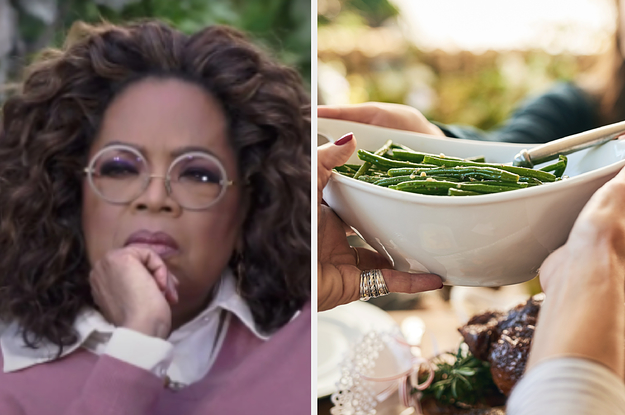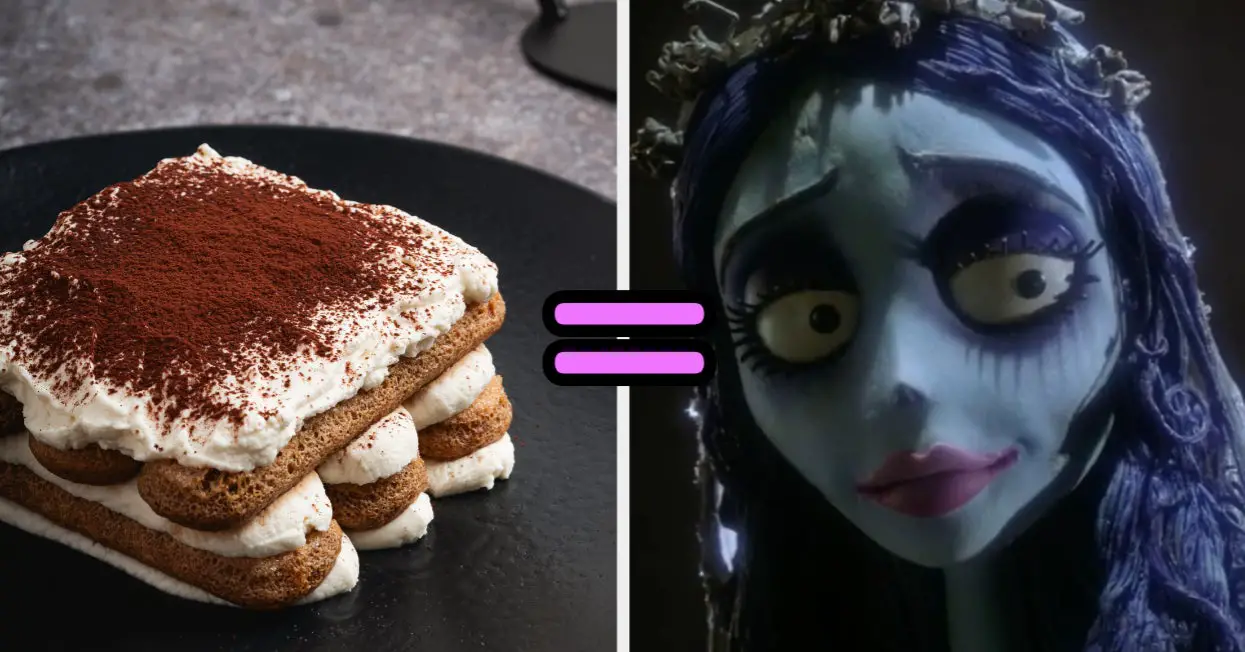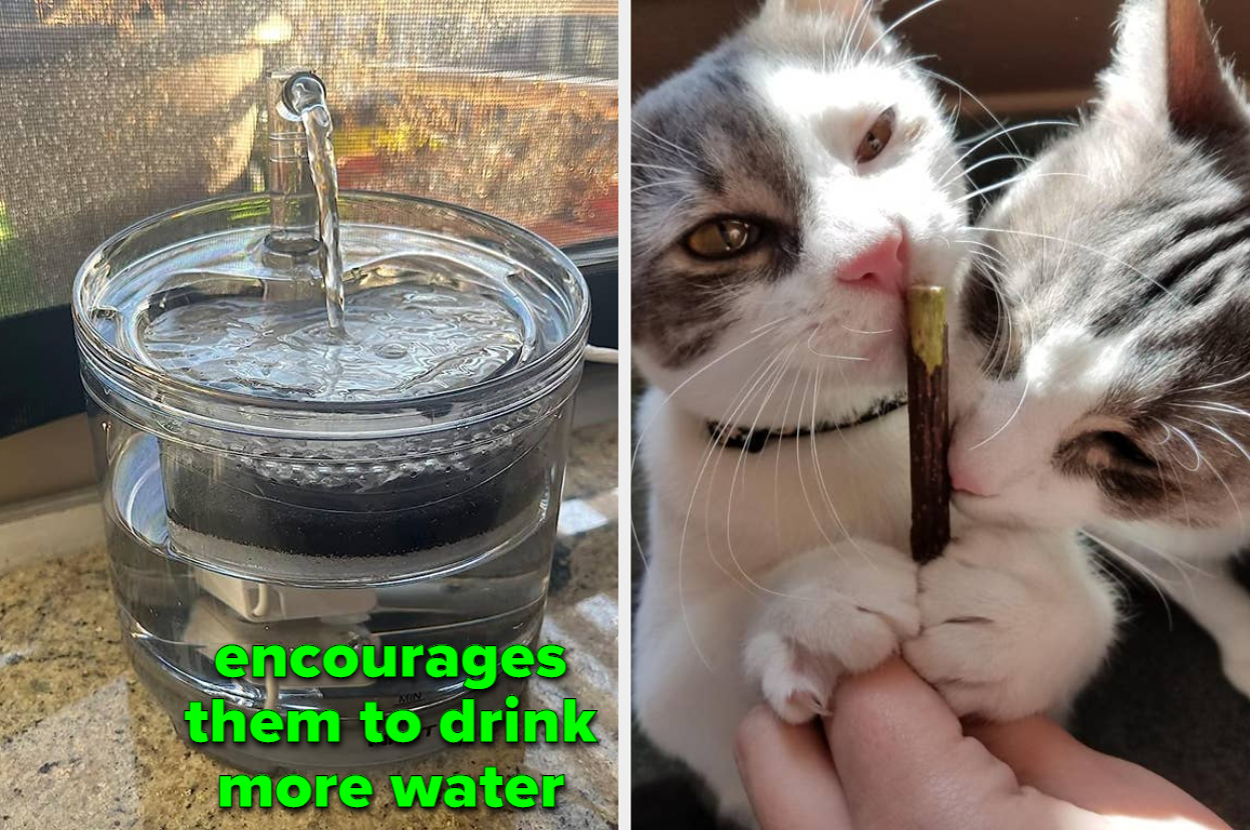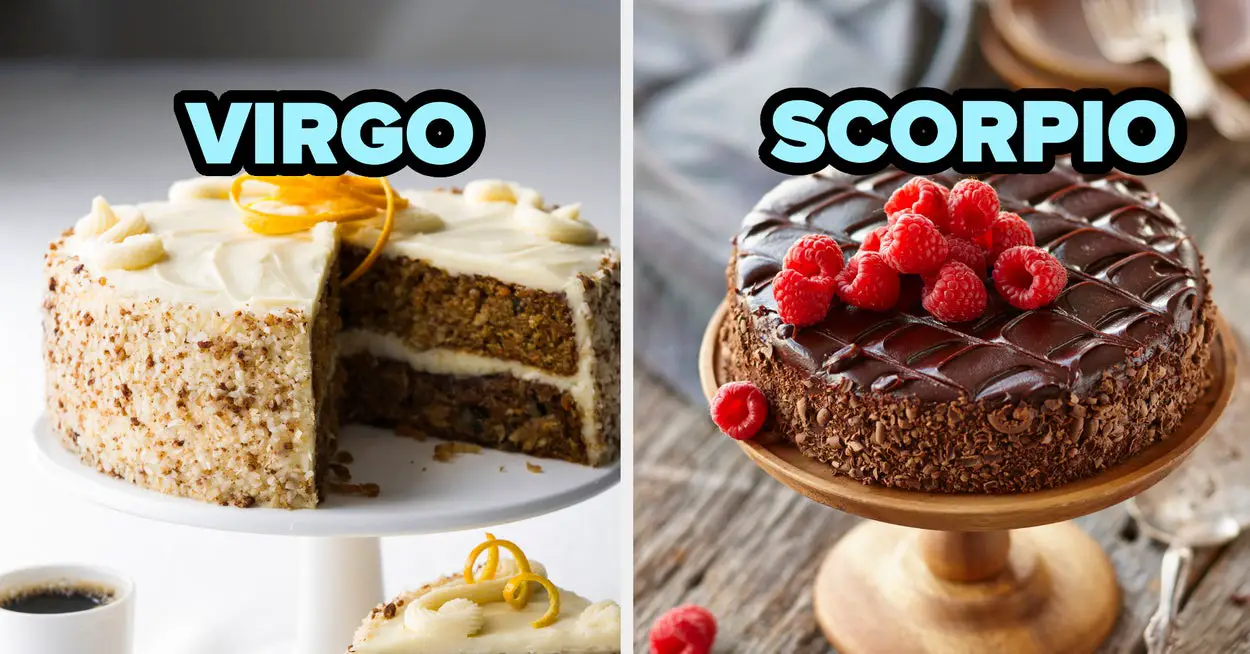Anything you can do, I can do better. I can do anything better than you.
The scene: It’s an hour into a dinner party you’re hosting for “friends.” (Note the quotes.) Most of your guests are on their second (or third) round of adult beverages and are tucking into the main course — sumptuous grilled shrimp paired with grits, the latter of which you made yourself according to an old family recipe. Shouts of approval echo from around the table, but then you hear a very audible murmur: “These grits are good. However, you know, when I make them I use real cream, not milk.”
Yikes. Was that a compliment or an insult? Or both — a complisult?
If this situation sounds familiar, you’re one of millions of estimated Americans who has borne witness to what could be called “invidious comparison eating,” or ICE.
Potentially the most passive-aggressive bad-dining habit, ICE is when a person indirectly asserts a dish they’re consuming is lesser by listing the “superior” merits of another version (usually their own). ICE can play out in any sort of group meal setting (e.g., restaurants or coffee shops), but it’s particularly offensive when it transpires in a domestic space, right in front of the home cook.
Lest you assume ICE is some newfangled fad, let it be known that this nasty behavior has been going on — and more importantly, recorded — for hundreds of years.
In his landmark 1899 study of wealth and consumerism, “The Theory of the Leisure Class,” Thorstein Veblen argued that invidious comparison is a key way in which members of the wealthy and/or moneyed class actively set out to distinguish themselves from those of lower socioeconomic status. He specifically posited invidious comparison as “a process of valuation of persons in respect of worth,” which plays out often by accumulating and (here’s the important part) displaying or publicizing superior assets.
In other words, it’s not enough that your dinner party “friend” can afford to purchase and deploy real cream when they make grits; this fact must also be broadcast to the masses to establish their superiority.
Like many formative traumas, my first experience with ICE occurred in the middle school cafeteria as I was enjoying a midday repast with my then ride-or-dies, including one gal named — I shit you not — Karen. My friends and I had a practice of swapping all or parts of our lunches with each other, and that particular day I bartered one half of my peanut butter and jelly sandwich for one of Karen’s Swiss cake rolls (highly verboten in my household). Feeling very satisfied and more than a little smug thinking I had definitely gotten the better end of the bargain, I asked Karen how she liked the sandwich. She paused midbite and without missing a beat replied: “It’s OK, Jo-Jo. But my mom makes PB&Js with chunky peanut butter.”
I was enraged. Not because Karen had called me Jo-Jo (my tween self actually chose that nickname) nor because she had insulted my mother’s culinary skills (Mom’s strength was constructing legal arguments, not sandwiches, and she was OK with that) but because Karen delivered this inconvenient truth in such a sneaky, slippery fashion. And though this anecdote should end with me flouncing out of the lunchroom and never again speaking to Karen, she was my Little Debbie fixer and I didn’t want to mess with that hookup.
As an adult, I have seen the ICE man (and woman) cometh to many gatherings, and I am not alone. Upon reaching out to family, friends and even strangers on the internet, I received anecdotes ranging from the humorous to the downright painful.
Source link











Leave a Reply